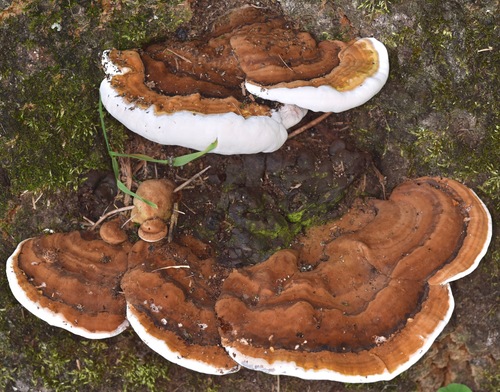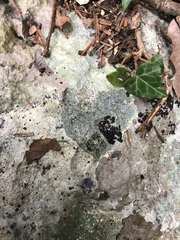Polyporales

The Polyporales, commonly known as bracket fungi, are a diverse order of fungi that primarily decompose wood. They are a fascinating and ecologically significant group within the Basidiomycota division. Known for their unique shelf-like fruiting bodies, these fungi play a crucial role in forest ecosystems, breaking down dead wood and recycling nutrients back into the environment.
In the Comunidad Valenciana, the Polyporales are well represented and can often be found in the region's diverse forest habitats. Here are some key characteristics and interesting facts about these fungi:
- Appearance: The fruiting bodies of Polyporales are typically tough, woody, and bracket-shaped. They grow in a shelf-like fashion on the sides of trees or logs, hence their common name, "bracket fungi."
- Ecological Role: As wood decomposers, Polyporales are crucial for breaking down cellulose and lignin in dead trees, facilitating nutrient cycling and helping maintain healthy forest ecosystems.
- Species Diversity: There are hundreds of species within the Polyporales order, with some of the most familiar ones being the Turkey Tail (Trametes versicolor) and Artist's Conk (Ganoderma applanatum).
- Local Names: In the Comunidad Valenciana, these fungi might be referred to by local names such as setas de madera or setas de repisa.
- Uses: Due to their wood-decomposing abilities, certain Polyporales species are explored for their potential benefits in bioremediation and their medicinal properties, particularly in traditional and modern herbal medicine.
Next time you explore the natural wonders of the Comunidad Valenciana, keep an eye out for these remarkable fungi that contribute so much to the vitality of forest ecosystems.






